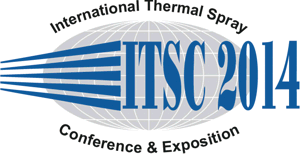| Abstract: |
In order to make a dye-sensitized solar (DSC) cell, a Low-pressure Cold Spray (LCS) technique is used to make TiO2 film in this study. In this process, small particles are accelerated by a sub- or super- sonic gas stream, and collide with substrate, resulting in film formation from particles in the solid state. The LCS can be utilized to make coatings in air atmosphere, and the work area is not limited because a vacuum chamber is not necessary.
In our previous study, it was successful that dense and more than 15 micron thick TiO2 film can be obtained by the LCS. However, in the case of the DSC, the dense film is not good for power generation. It is better to obtain films with pores, high cohesive force, and suitable thickness. Therefore, the aim of this study is to make the porous and thick film, which was controlled by mixture TiO2 powder with large and small diameters.
It was made that several mixture TiO2 powders with different proportion of large and small powders, and then a film was coated by the LCS. Moreover, the influence on the deposition efficiency and the film thickness in repetition film coating were evaluated. As a result, it is successful to make porous TiO2 films controlled by proportion of large and small powder contents. And, it was made clear that use of small particles indicated high deposition efficiency. On the other hand, use of large particles indicated low deposition efficiency.
|
|
